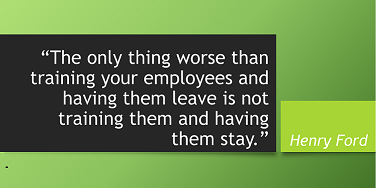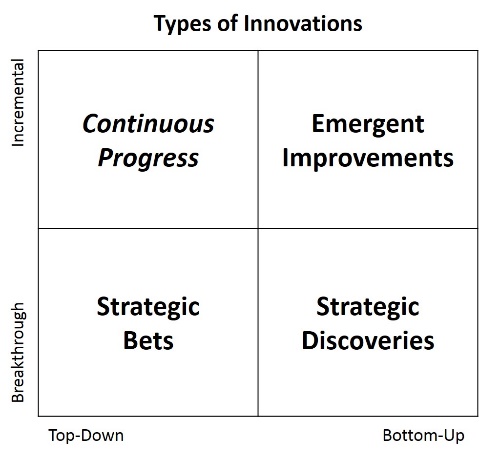The Ultimate Guide to CBAP Certification FAQs, Part 1: General, Study Tips, and Prep Materials
Watermark Learning holds monthly IIBA Certification chat sessions, and we get great questions each time.
I compiled many of the questions received over several months and answered them below. Most are about CBAP certification and we’ll publish a separate blog post on ECBA questions.
This extensive guide will be organized into five sections. (Sections 1-3 are covered below. Sections 4-5 will be added in part 2 of this blog, coming soon.) Some questions could apply to multiple sections and we made a judgement on where they best seemed to apply. The sections are:
- General
- CBAP Study Tips
- CBAP Materials:
- CBAP Exam Simulator
- Study Guide and Flashcards
- CBAP Exam
- CBAP Application
General
Q. What is the passing mark for CBAP? How many have taken the v3 exam? What is the estimated pass rate?
A. IIBA does not reveal any of these numbers, but we assume the passing mark it is 70% and the estimated first-time pass rate is 80% and may be higher.
Q. What is the timeline for the end-to-end process? For example, I complete training, finish application, get approved and take the test? Are there time requirements?
A. The main time constraint is the one year you must sit for your exam once your CBAP application is approved. Generally speaking, a sensible goal is to take your exam within 6 months of approval. If you follow advice and devote 100 hours of study, that amounts to an average of 4 hours per week, which is quite manageable. Taking a class will reduce the remaining time needed to prepare.
Q. What is different between Watermark Learning and other online training sites?
A: There are several ways (and thanks for asking): 1) Our experience – we’ve provided both PMP and CBAP preparation longer than other vendors. 2) We thoroughly understand bodies of knowledge like the BABOK and can effectively translate it to help you understand it. Our knowledge gives you an edge using our exam questions with explanations for correct and incorrect answers and BABOK reference numbers to focus your study. 3) We offer a comprehensive solution that no other vendor does: a 35-hour CBAP prep class that includes our top-rated Study Guide, flash cards, study tables, and the best exam simulator available. 4) Responsive and supportive customer service.
CBAP Study Tips
Q. Ideal preparation time (in days or months) required to complete the CBAP certification?
A. We recommend 100 hours of study time, which can be reduced if you take a class like our CBAP Certification Prep class. The time you can devote to studying will determine how long that takes. Let’s say you can spend 4-5 hours a week studying, then it will take approximately 6 months of studying.
Q. I started reading the BABOK just 2 days back. I went thru the first KA (Planning) and realized that I might be better off going thru the Techniques chapter first and then come back to the KA chapters (with good understanding of each technique that is being described). Does that make sense?
A. Yes, that sounds like a good approach for you. There will be several questions on techniques on the CBAP exam, so they are a critical part of the BABOK to study. Another approach is to study each Knowledge Area and then study the techniques for each task. That provides some context for applying the techniques.
Q. I found I am having to memorize the tasks associated to the techniques. For example, I would think brainstorming could logically apply to analyze current state. Are there any other ways to make understanding this more logical?
A. My question to you is: why do you feel a need to memorize the tasks for each technique? That is a difficult chore. My suggestion is to become familiar with each technique and have a general understanding of the techniques used by each task.
CBAP Materials
CBAP Exam Simulator
Q. Is the interface of IIBA’s exam similar to Watermark’s (with flags, etc.)?
A. Yes, the actual interface will be similar. You should be able to navigate back and forth through your exam, flag questions for review, and browse thru any of your unanswered questions. Our simulator has a timer like the real exam so you can practice doing “speed tests” to gauge your pace for answering questions.
Q. Does the format of the questions on Watermark reflect exactly the format of the questions on the exam? If not, what are the differences?
A. We can’t say exactly, but we are very close. IIBA uses an exam methodology based on Bloom’s taxonomy, providing a clear structure for writing questions and answers. With over 10 years of experience with CBAP preparation, we have refined our abilities to create effective practice questions. The feedback we receive from successful candidates is our best indicator of how close we are.
Q. I’ve heard CBAP v3 exam is only about case studies and scenarios. At the same time, your CBAP simulation exam still has definition-based questions. Can you please elaborate why?
A. Only partially true. We have been told there are three types of questions on the v3 CBAP exam with rough estimates of their percentages: 1) Case studies (30-40%), 2) Scenarios (30-40%), and 3) Knowledge-based recall questions (20-30%). BTW, our exam simulator contains all three types to approximate these. The knowledge-based questions in our CBAP Online Study Exam will build your knowledge and confidence to answer the more difficult scenario and case study questions.
CBAP Materials: Study Guide and Flashcards
Q. Are the simulation exams included within the Study Guide?
A. Not within our CBAP Certification Study Guide, but you have online access to them. Because of the added length of BABOK 3, our Study Guide expanded to match it. To keep the size manageable, we removed our simulated exam from the v3 Guide. We felt you would be better served by having access to unlimited simulations with the free trial subscription to our Study Exam during your trial period.
Q. Are the BABOK Flashcards definition only or are they also directly related to test questions?
A. Definitions only. The BABOK Flashcards will help you master BABOK terminology, which in turn helps you differentiate between correct and incorrect answers. We recommend using the flashcards to solidify your knowledge and build your confidence.






